We’ve spent the past couple of weeks inundated with back-to-school photos from friends across the country on Facebook, but for a “living is learning” family like us, there’s nothing special about this time of year… except that, for the fifth year in a row, I get to join the iHomeschool Network’s Not Back to School Blog Hop for “curriculum week!” This time, we’re looking at what unschooling 11th grade-style might look like during our last couple of years of mandatory reporting under Pennsylvania law.
Each year, I’ve heard from people literally around the world who loved seeing how an “un-plan” comes together. If you haven’t already, I invite you to check out our later ideas in the unschooled version of a 12th-grade-ish curriculum plan (2017-18), and some previous ideas, the unschooled version of an 11th-grade-ish curriculum plan (2016-17), the unschooling version of a 10th-grade-is curriculum plan (2015-16), the unschooled version of a ninth-grade-ish curriculum plan (2014-15), the unschooled version of an eighth-grade-ish curriculum plan (2013-14) and the unschooled version of a seventh-grade-ish curriculum plan (2012-13).
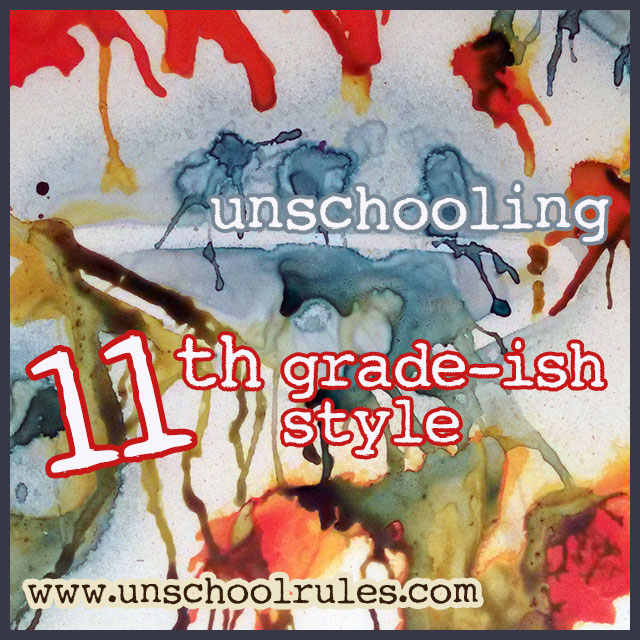
Most days, we have no idea what we’re going to learn about until it happens. We make plans – of sorts – but the best opportunities always seem to be those that just arise naturally.
But I see great value in joining the “curriculum week” blog hop, mostly because I want to show other not-exactly-planning, not-exactly-at-a-grade-level, not-exactly-textbook people – and I know you’re out there – that you CAN make this homeschooling thing work!
So with that, here is…
The Conciliottoman family’s unschooling 11th grade plan
We like books.
We like history.
We like alpacas.
We like taking trips – to well-known destinations and, uh, some crazy out-of-the-way ones, too.
We like giving away stuffed penguins.
We like sports.
We like time with our family and pets.
We love going with the flow.
So how does this turn into “curriculum” – and what else will we be mixing in?
As well as I can, I’m going to try to do a subject-by-subject look; that’s NOT how we learn, and most of what we do is what would in my state documentation be called cross-curricular, but this way, if you’re using a planned curriculum in some subjects and want to mix in something we’re using in another, you can see how it might fit.
History, social studies and geography
Ashar remains incredibly passionate about World War II.
Right now, she’s focusing on spies and espionage, reading a book called Double Cross:The True Story of the D-Day Spies.
We also hope to visit the Holocaust Museum in Washington, D.C.; we’d planned to do that last year and just ran out of time. We also want to watch Grave of the Fireflies (which I HIGHLY recommend).
One of our other big focuses this year will be geography-related. Ashar has started and wants to spend more time working on a notebook with facts about different countries that interest her.
The biggest thing this year is that Ashar is working on being ready to take dual-enrollment courses at our local community college in the spring. She hopes to take a history or geography class, and that will of course be a huge change!
But before she can do that, we have to address one other topic…
Test-taking skills
Dual enrollment comes with a placement test. In order to do her best on it, Ashar’s spending this fall doing something she really hasn’t done for six years – learning how to take a standardized test.
The specific test she’ll take doesn’t have a lot of specific prep materials, except for one sample test she’s already done. So we’re improvising with a couple of books based on the GED, which should be at about the same level.
The first is the Steck-Vaughn Social Studies Test Preparation for the 2014 GED Test. There is actually not a social-studies component to Ashar’s placement test, but it’s one of her favorite topics, so we figured it’s just as good to learn the skills for doing well on these types of questions with a topic she really does like!
The other book we’re working through is GED Test Skill Builder: Reasoning Through Language Arts. This gets at the specifics of what Ashar’s placement test will include for reading comprehension, essay writing and that sort of thing.
This is going to be a big focus this fall for us, and will probably also make up a good part of our “language arts” credits this year too.
Science
This year’s key topic for Ashar is astronomy, especially the planets. Her goal is to create a “Planets Notebook” like her “Countries Notebook” I mentioned above.
We’re super-lucky to be members at a local science museum that has a great Sci-Dome where we can watch all sorts of shows about earth and space. These are AMAZING and we’ve had a great time so far.
Also through that museum, Ashar is looking to take part in a program called STEM Sisters, designed to show girls in sixth through 12th grades about careers in science, technology, engineering and math. We’re looking forward to the kickoff of that in October!
Finally, Ashar is going to continue to take part in both the York County 4-H Alpaca and Wildlife Watchers clubs, where she’s taking on more leadership roles and participating in a bunch of statewide events.
Math
So here’s a fun note: Ashar, who hates math – like whoa hates – took that part of her community college placement test already, and despite exactly zero required “book work” for math since she left public school in sixth grade, she tested into one of the 100-level college math classes, exactly where she would be if she was a high school graduate who hadn’t taken any advanced math classes.
Learning how math appears in the real world really works, friends!
As always, any resources we use above and beyond how we talk about math in life are only if Ashar is interested, and not anything we do “formally.”
But Ashar has long enjoyed the Life of Fred series, and this year, they came out with Life of Fred: Logic, which Ashar is totally into. To her, logic = philosophy, not math, and philosophy = awesome.
Therefore, logic = awesome. (See what I did there?)
And, as I always point out when I talk about Life of Fred: It is described as a Christian series, but we are a secular homeschooling family and haven’t had any problems using the fairly few spiritual references we’ve found as talking points about what different people believe, which we like to do anyway.
Language arts
Ashar’s goal this year is to do well on her reading and writing placement tests, and to catch up on some of the many books she wants to read.
At her request, we came up with a “schedule” for each day that builds in time to read, and to do some work in her placement test books together. This is the formal-est we’ve been in a long time, but I’m glad to do it because it is still all about helping Ashar reach the goals she has for herself!
Art
This is another area that we spend plenty of time on every year.
Ashar is passionate about a particular style of art – acrylic ink on Yupo synthetic paper – that we do together, and she continues to build her portfolio of work. Already since our “official school year” began in July, she found out she won first place in our local YorkFest fine arts competition, and has more pieces selected to enter in our county fair later this month.
(You can see one of her paintings, a Star Trek-inspired creation called Geordi’s Visor, as the background to this post!)
One of her favorite things to do is make art to give as gifts. That’s been so fun to surprise friends around the country with!
Music, travel, physical education and other good stuff
It’s funny: I always lump this stuff together, but all in all it is probably the largest part of our learning, because it’s everything that happens in the real world that doesn’t fit neatly into a “subject” box, and that’s, uh, most of it!
I’ll try to list a few highlights here.
- Home economics: We cook, we clean, we shop. In our family, those things aren’t “chores,” they’re just ways we interact together as a family, and we’ll keep doing that. Personal finance is another part we lump into this (and it’s also heavily mathematical)!
- Physical education: Our biggest source of exercise continues to actually be part of our science “curriculum” – walking alpacas, maneuvering them through obstacles and otherwise putting in the hard work required on a farm! We also regularly play household games of baseball, basketball and soccer, hike A LOT, and generally try to stay active as much as we can. New this year, we joined a gym, so Ashar, Kaitlyn and I are working out at least semi-regularly there. (Ashar likes weight-lifting, like her idol, Arnold Schwarzenegger).
- Music: Ashar has always loved music, but has really gotten into it even more in the past year. One of goals this year is to see more live-music concerts. She’d also love to see Hamilton on stage, but, uh, that’s probably not in the budget.
- Travel: This is last, but definitely not least; it’s really one of the biggest parts of our learning each year. As with last year, our biggest excursion will be our trip later this month to Phoenix, Arizona, for the Free to Be Unschooling Conference. All of Ashar’s best friends will be there and we are looking forward to this like crazy.
- Pen-pal fun: Ashar has a super-awesome pen pal in Taiwan named Christina, who she writes back and forth to and exchanges gifts and letters with, both by mail and email. Most recently Ashar wrote her a three-page letter describing all the American holidays, and she’s asked Christina to write her out some words in English and Mandarin Chinese so she can learn them!
So how and when do we “do” all this stuff?
I’ve mentioned before that the one thing we can count on almost every day is our family time before bed.
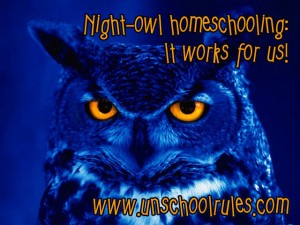 For night owls like us, this time might start anywhere from 11 p.m. to 1 a.m. and go for a few hours!
For night owls like us, this time might start anywhere from 11 p.m. to 1 a.m. and go for a few hours!
This is our time to be together and be even more intentional than we try to be the rest of the day about doing stuff as a family.
We read together.
We watch movies and TV shows on Netflix.
We play board games and draw pictures and talk and laugh and pet cats.
It’s funny, because our days are often filled with work (for our house adults) and gaming (for Sarah). We see a lot of benefits to that too, but people who only know us during the daylight hours probably think we don’t do much together! We’re proud of our approach, though – because we spend our “prime time,” the hours we’re most alert, together!
Meanwhile, we also love to travel, and that’s a big part of our lifestyle. I mentioned some of our upcoming trips earlier in today’s post, and we have dozens more that we’d like to fit in.
Read more about our unschooling approach
If you’re newer to Unschool RULES, maybe you’re wondering about this radical unschooling thing we do.
Here are a few posts that tell more about our lives!
- From homeschooled student to homeschooled mom: Going full circle, Part 1, Part 2 and Part 3 (This series details everything from my own educational background to the earlier years of Ashar’s life, and really is the best way to get to know us and why we’re in the place we are!)
- Our 10 homeschooling/unschooling must-haves (The library. I almost don’t need to say any more, but in true Joan style, I did.)
- How we deal with critics of our radical unschooling lifestyle (This is also kind of a Q&A that addresses everything from “But all she does is play video games!” to “How can you tell if she’s learning?”)
- The ultimate guide to real-world math (This is a big deal for us – as a math major myself, I feel like I can really bring some perspective into how math works in real life.)
- Video game and app learning (Yep, we play a LOT of video games. And we learn at the same time. Here’s how!)
- The ultimate guide to learning from movies and TV shows (Beyond the obvious, like documentaries, here’s what we’ve learned from sci-fi, horror, action and more.)
Join the NOT Back-to-School Party!
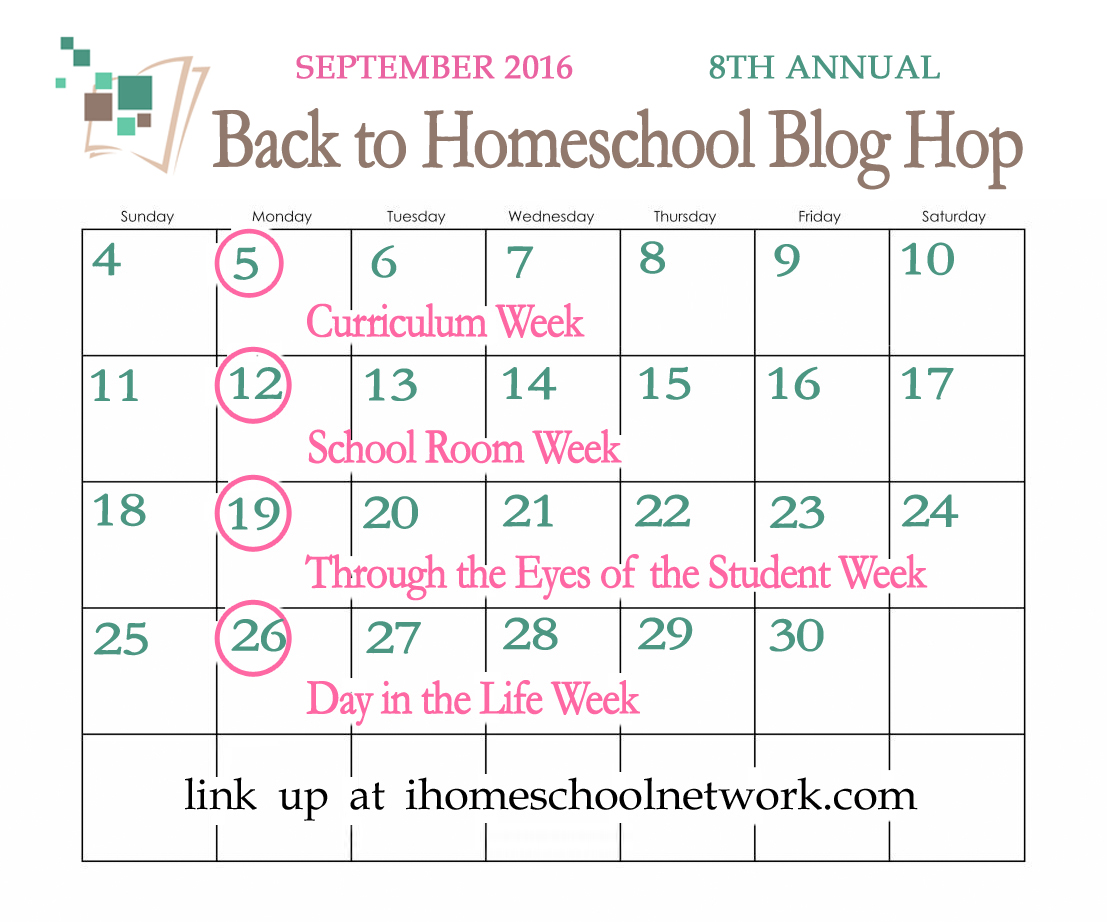 Want to see what my fellow iHomeschool Network bloggers are learning this year?
Want to see what my fellow iHomeschool Network bloggers are learning this year?
Check out the rest of Curriculum Week 2016 at the Not-Back-To-School Blog Hop here (and you can link up your posts, too!)
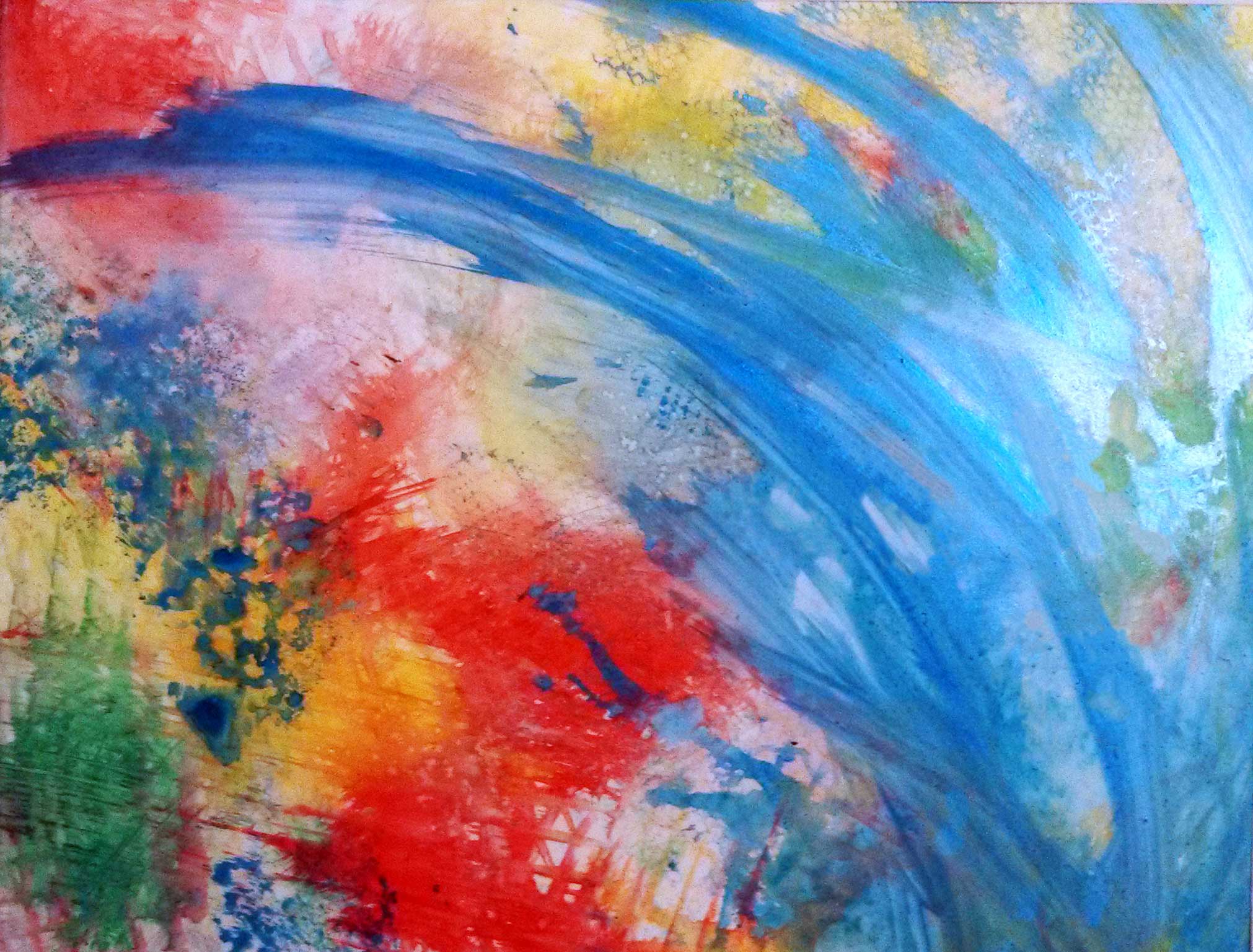
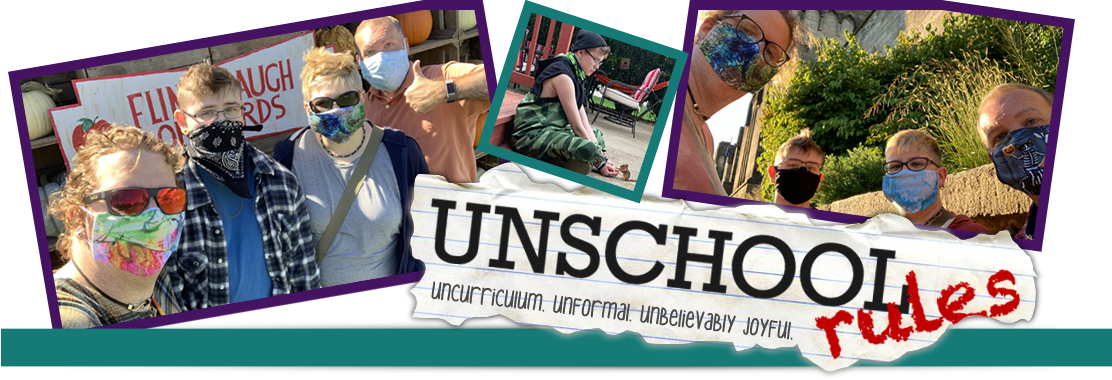


Thanks for this post. I go back and forth about unschooling. When I read your post it inspires me all over again.
Kristina, I’m so glad to hear that! Thank you so much for stopping by!
Thanks so much for all the work you have put in, this sight has helped me (us, my homeschooler son as well) in this Unschooling approach. I am continually coming back for reference. Thanks again. Blessings, Deb
Deb, I’m so glad you’re finding it helpful! Best of luck as you and your son continue your journey!